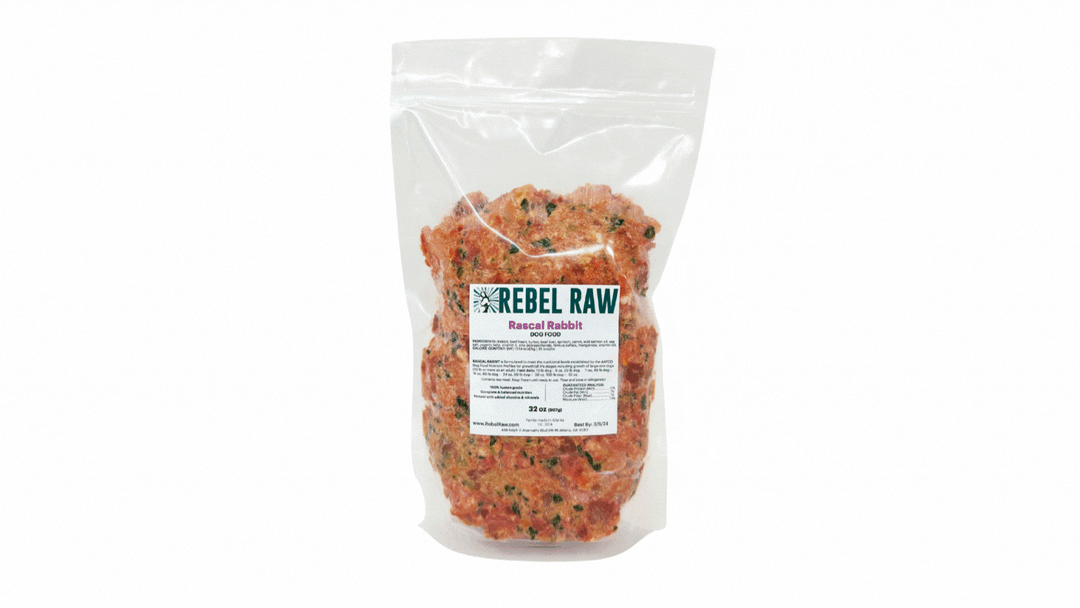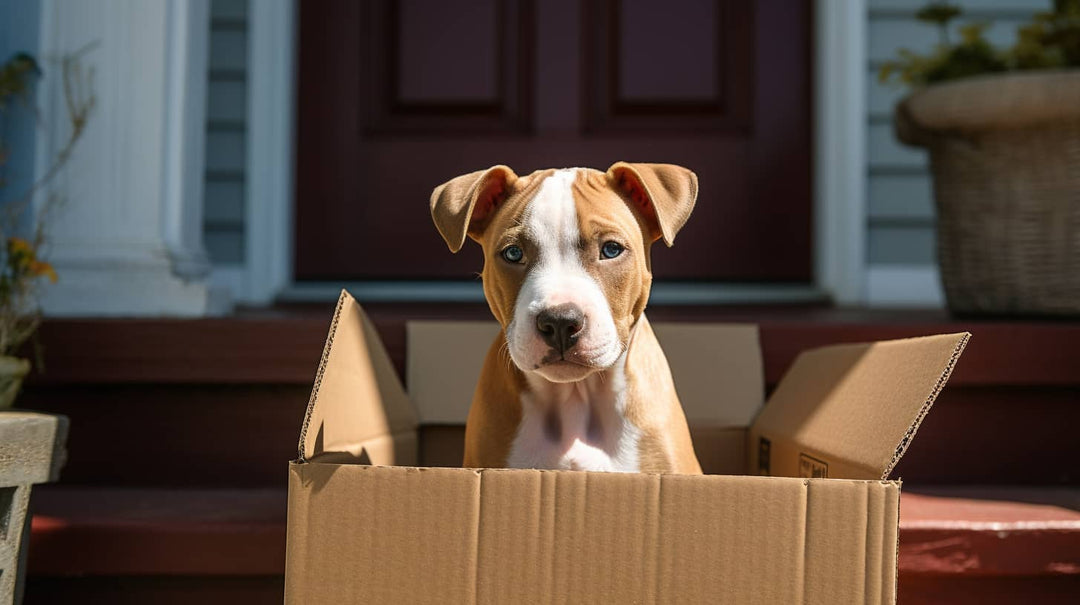
Defrosting and storage
Getting started
To get started, place two days worth of food in the refrigerator right away so you can begin feeding two days after that. Then simply move two days worth of food to the refrigerator every other day so you always have a thawed portion that’s ready to feed.
The safest way to defrost food is in the refrigerator. Always place packages on a plate or in a bowl when defrosting. Allow about 24 hours per 1 lb of product. For larger packages, it may take two days.
Speedier defrosting of food can be achieved by submersion in COLD water. Make sure the food is in a sealed, leak-proof bag, and change the water every 30 minutes or so. Allow about 30 minutes per pound (that is, a 2 lb bag would take about one hour to defrost this way.) If you are in a hurry, resist the temptation to thaw your food using warm water. Food that is left above 40° F is in the danger zone for proliferation of harmful bacteria.
For optimal freshness and safety, your refrigerator should be 40º F or below and thawed food should be consumed within three days.
As long as food is cold to the touch, it is safe to refreeze. So — if you defrosted more than you need, or your order arrives thawed, it can be refrozen with no loss of quality.
Our products are frozen in thick, freezer-grade packaging at peak freshness to ensure optimum quality. This ensures food maintains all nutritional value and will be delicious when feed. Packages with intact seals can be stored indefinitely; for best results, we recommend you use frozen food within nine months. The best place to store food for extended time periods is in a deep freezer, or towards the back of the freezer. Avoid storing packages in the door of the freezer. Food that is cold to the touch can be refrigerated for immediate use, or frozen for later use.




